The need to monitor the effectiveness of artificial reefs deployment upon installation is important to assess the degree of success and impacts to surrounding environment. Monitoring guidelines and procedures for artificial reef in tropical marine condition involves data collection around the artificial reef. Divers recorded the coral and fish aggregation around artificial reefs using high performance underwater camera for analyses and identification. From the preliminary coral identification analyses, ten types of different hard coral was found around the reef which dominated by Pocillopora sp. High number of fish assemblages was recorded from the data collection. Most of the fishes present at the study area are identified as coral reef fish species. These result highlight the important and capability of monitoring procedures to assess the success and impact of reef deployment to surrounding environment at tropical marine condition.
Hydrocheese were first deployed in Redang Island, Terengganu in 2008. This area is fully protected by Marine Park Malaysia since the area is under its legal authorization. In order to evaluate the effectiveness of this artificial reef, several verifications and monitoring survey were conducted to determine the diversity for coral, benthic organism and fish assemblages. This report presents a survey that has been conducted throughout the research activities. It is covered the study on percentage of coral genera, identification of benthic organisms, fish species identification and fish diversity. Survey was conducted using underwater photography and videography method. The video was recorded along the transect that laid on the artificial reef. The video and footages were analyzed in order to identify marine organisms such as fish, corals and other invertebrates. Throughout the study, a total of 6 families and 12 genera of corals were recorded. The dominating coral genus in artificial reef area was Pocillopora sp. with 34%. Second dominating coral genus was Acropora sp. with 17% followed by Porites sp. and Favia sp. with 14% and 12% respectively. A total of 25 fish species with 21 genera and 12 families have been identified at this artificial reef during the verification period. The fish under Pomacentridae family had the most number of species with 6 species followed by Labridae and Nemipteridae. Based on the results, the artificial reef provides compelling evidence which offer a complex habitat that support abundant and diverse benthic and fish assemblages. Result from the survey indicated that it positively serves as nurseries and breeding ground for coral reef associated species and other marine life species. The high coral recruitment recorded and inclination number of benthic and fish showed that this artificial reef project meets its main objective. Hence, artificial reef should be heavily considered for future planning on ocean resources in order to alleviate human impact in coastal ecosystem and enhancing fisheries stock.
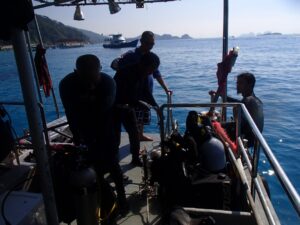 |
 |
 |
 |
 |
 |
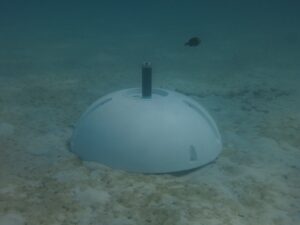 |
 |
 |
 |
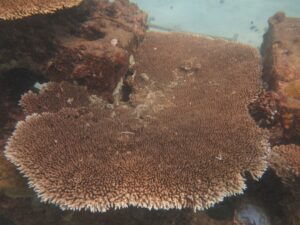 |
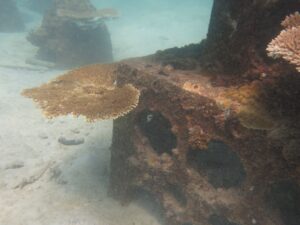 |
 |
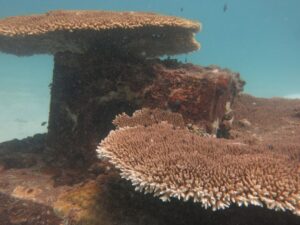 |
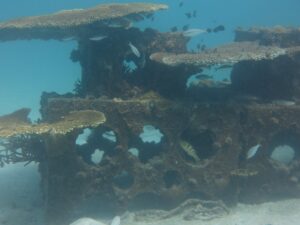 |
 |
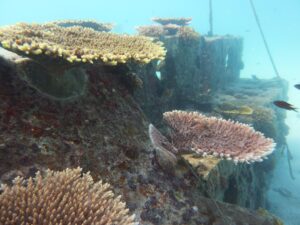 |
 |
 |
 |
